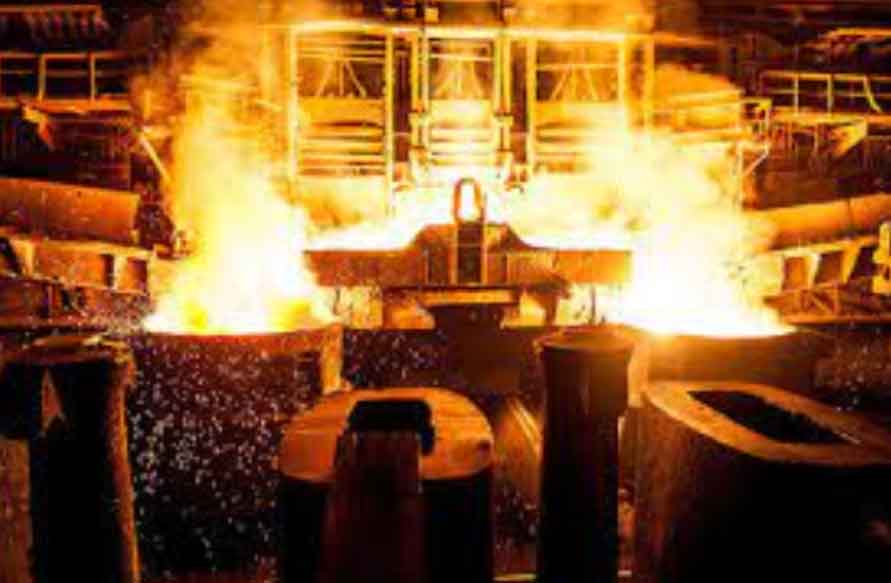
Steel castings are highly regarded in engineering for their exceptional strength and versatility, making them a preferred choice for a wide range of applications. Here are some key ways in which steel castings unlock their strength and versatility in engineering:
- High Strength-to-Weight Ratio: Steel castings offer excellent strength-to-weight ratio, making them ideal for applications that require components with high load-bearing capacity while keeping the overall weight of the structure relatively low. This characteristic is especially crucial in industries like aerospace and automotive, where weight reduction is essential for fuel efficiency and performance.
- Design Flexibility: Steel castings allow for intricate and complex geometries that are not easily achievable through other manufacturing methods. This design flexibility enables engineers to create customized components that meet specific performance requirements, leading to optimized solutions for various engineering challenges.
- Wide Range of Steel Alloys: Steel castings are available in a vast array of steel alloys with varying properties, such as high-strength, wear-resistant, heat-resistant, and corrosion-resistant alloys. This extensive selection enables engineers to choose the most suitable alloy for their specific application, ensuring optimal performance and longevity.
- Resistance to Environmental Conditions: Steel castings possess excellent resistance to various environmental conditions, including extreme temperatures, harsh chemicals, and corrosive environments. This makes them well-suited for applications in industries like petrochemicals, marine, and infrastructure, where exposure to demanding conditions is common.
- Durability and Longevity: Steel castings are known for their durability and long service life, reducing the need for frequent replacements or repairs. This aspect translates to cost savings and enhanced reliability for critical components used in heavy machinery, industrial equipment, and structural applications.
- Seamless Integration: Steel castings can be seamlessly integrated with other components or structures, thanks to their compatibility with welding and fabrication techniques. This allows for the creation of complex assemblies that function as a cohesive unit, streamlining the manufacturing process and reducing potential points of failure.
- High Machinability: Some steel castings exhibit excellent machinability, enabling post-casting machining operations to achieve tight tolerances and fine surface finishes. This capability is valuable in producing components with critical dimensions and smooth surfaces.
- Recyclability: Steel castings are inherently recyclable, making them a sustainable choice in engineering. The ability to recycle steel castings at the end of their life cycle promotes a circular economy and reduces the demand for new raw materials.
- Wide Range of Applications: Steel castings find applications in numerous industries, including automotive, aerospace, construction, energy, mining, and manufacturing. Their adaptability to diverse sectors showcases their versatility and broadens their relevance across various engineering fields.
In summary, steel castings’ inherent strength, versatility, and adaptability make them an indispensable material in engineering. They empower engineers to design and create robust, efficient, and innovative solutions across industries, contributing to the advancement and progress of modern engineering practices.
